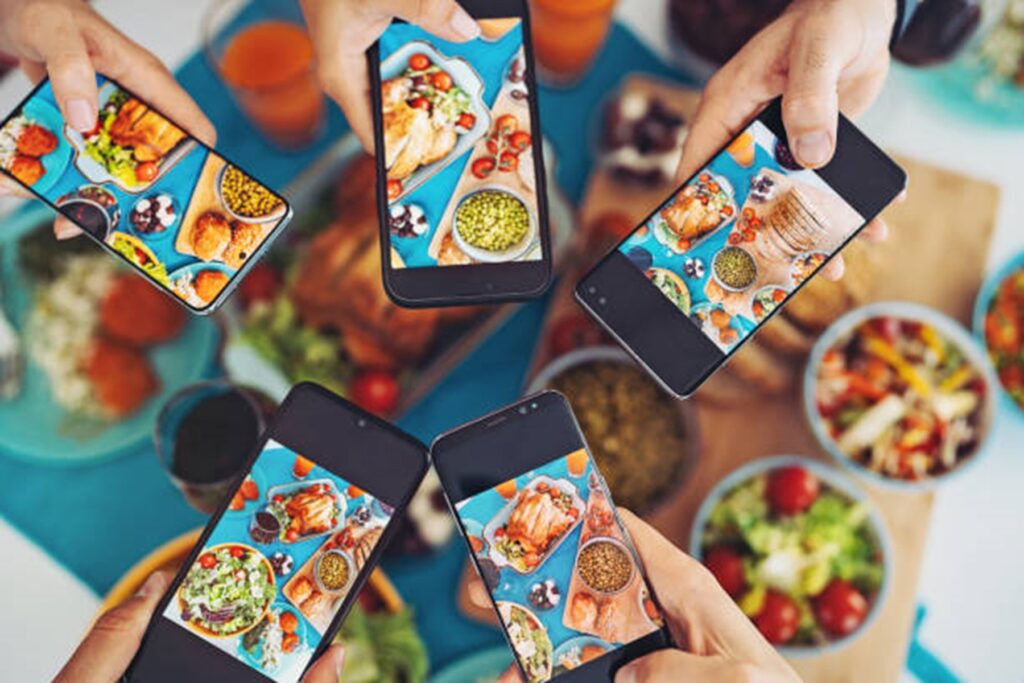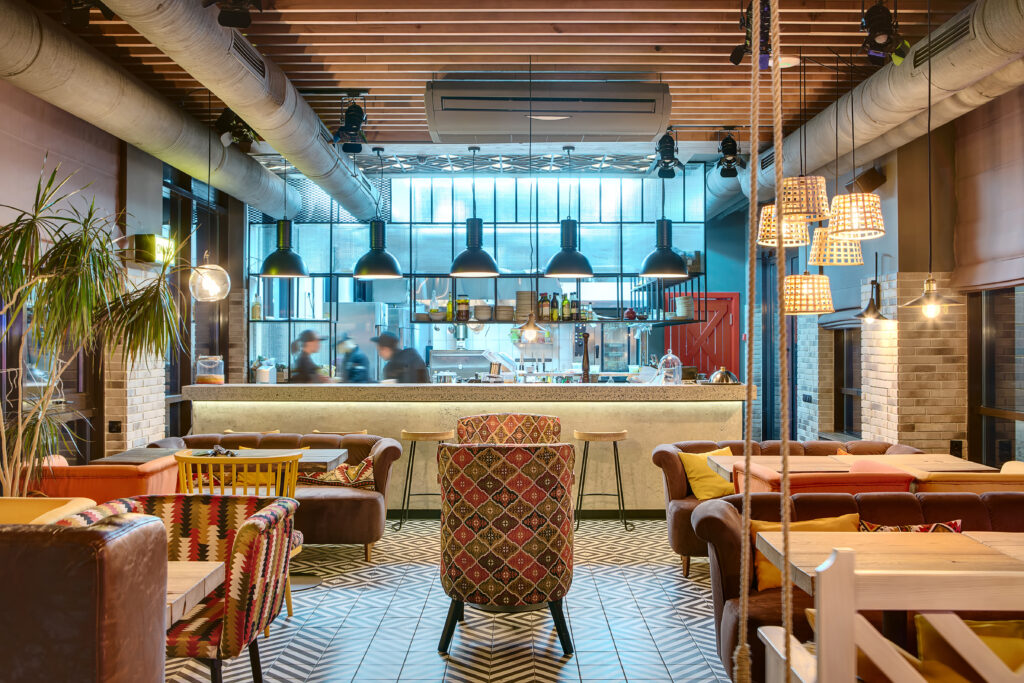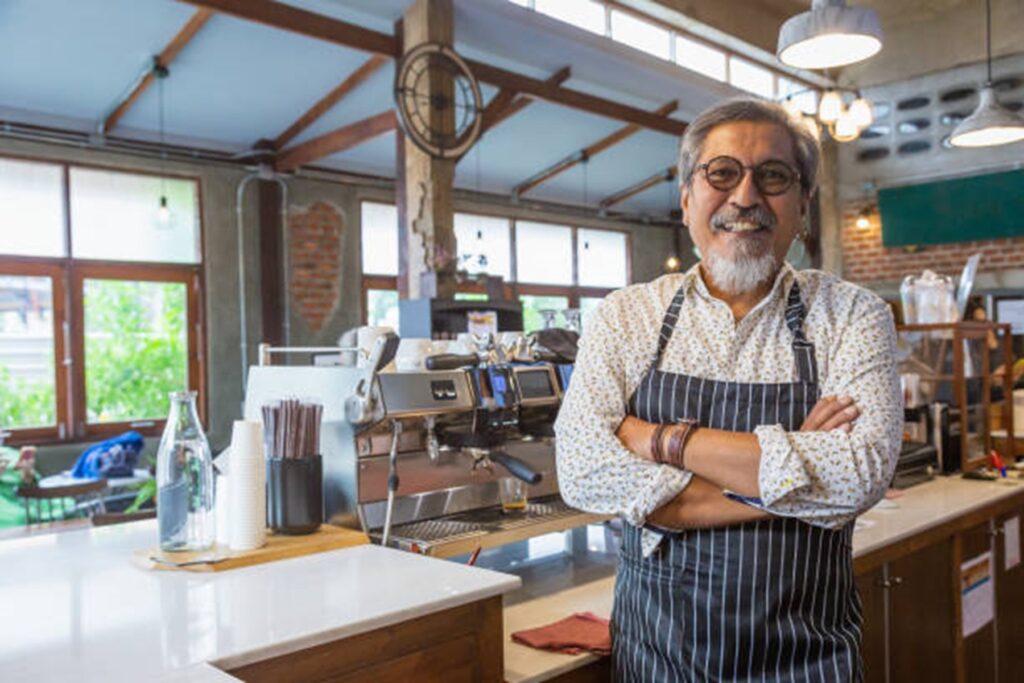In 2025, the food sector will continue its high-speed metamorphosis. Consumers’ expectations are changing: they are looking for unique experiences, strong values, and a food offering aligned with their convictions. Faced with this trend, creating a food concept in tune with the times is no longer an option: it’s a strategic imperative. But how do you create a concept that captures the zeitgeist, anticipates customer needs and resists fads?
This article offers you a structured guide to building a solid, differentiating and profitable project. We’ll take a look at the food trends of 2025, the key steps to structuring a coherent offer, and the pitfalls to avoid if you don’t want to get lost in the bidding for innovation. Because yes, it is possible to create a trend while meeting a concrete need.



1. What are the food trends in 2025?
Understanding the trends that influence consumption is the first step in creating a relevant food concept. Here are two essential steps.
1.1 The return of the “real thing”: simplicity and transparency
In 2025, consumers want authentic food products. Gone are the incomprehensible ingredient lists, replaced by simple, local, traceable recipes. This food trend is part of a profound desire for truth, back-to-basics and unprocessed foods. For entrepreneurs, this means rethinking their food offering: focusing on quality, clarity of production processes, and proximity to producers.
Creating a food concept based on this transparency meets a fundamental need for trust and reassurance. It attracts a loyal clientele, sensitive to values. It’s no longer a question of simply selling a meal, but a sincere experience that values the human element behind the plate. In short, to set the trend in 2025, we need to be able to purify, to go straight to the point, and to propose an offer that respects the consumer’s intelligence.
1.2 Advanced plants: more than an alternative, a standard
Plants are no longer a niche. By 2025, it will be the standard in modern food concepts. But beware: we’re no longer just talking about substitutes. Customers want taste, creativity and innovation. Responding to this need means developing a sophisticated plant-based food offering that doesn’t seek to imitate, but to seduce in its own right. Creating a food concept around plant-based ingredients means capitalizing on a range of often overlooked ingredients: rare legumes, seaweed, fermented vegetables, forgotten seeds…
This food trend requires real sourcing and storytelling. Consumers want to understand why these food products are good for them and good for the planet. It’s by being part of this movement that we can sometimes not only follow, but create the trend.
2. How do you create a concept in 2025?
A relevant food concept doesn’t just happen. It is the result of a rigorous methodology combining creativity, strategy and listening to the market.
2.1 Identifying real customer needs
Any strong food concept must first answer a simple question: what expressed or latent need does it fill? In 2025, customers’ needs are not limited to “eating fast”. They want to eat better, understand what they’re consuming, and live up to their values. Analyzing these expectations enables us to build a concept in tune with the times. To do this, observe usage, conduct micro-surveys and talk to your future customers.
Creating a food concept in 2025 also means knowing how to detect weak signals: the search for post-pandemic comfort, the rise of the “digital local”, the need to disconnect in an urban environment… These observations shape your food offer much more than passing fads. In this way, you lay solid foundations for meeting a lasting need, instead of chasing after the latest novelty.
2.2 Designing a global, differentiating experience
In 2025, a good food concept is more than just an original menu. It integrates a global universe: name, design, ambience, sales channels, and even social commitment. Creating a coherent food offering means thinking about every detail.
Your concept needs to be readable and captivating from the very first contact. At this stage, storytelling comes into its own:
- Why this name?
- What’s your mission?
- What food products have you selected and why?
- What atmosphere do you want to create on site or remotely?
You’re not selling a dish, you’re selling an experience and a vision. A vision that must appeal but also reassure, convey values, meet a need, and offer a clear answer to the question: “How is your food offer different?”

3. Is my food concept on trend?
Is a successful concept necessarily trendy? Or is it better to aim for longevity? Here’s how to assess your positioning.
3.1 Trend indicators
To find out whether your food concept is “on trend”, there are several tools at your disposal: Google Trends, consumer studies, social networks and the specialist press. Take a look at which food products are the talk of the town, which food offerings are emerging in major cities, and which formats appeal to the younger generation. But beware: being trendy isn’t enough. The food trend must be consistent with your values and your means. Just because everyone’s talking about bubble tea or Korean fermentation doesn’t mean you have to incorporate it into your offer. You need to filter the information in order to build a food concept that reflects you, while meeting a real market need.
3.2 Balancing singularity and viability
Setting the trend, yes. But not at any price. A food concept in 2025 must be economically viable. This means offering a clear food offer, adapted to its target audience, with a good quality/price ratio. Ask yourself this question: what price for my food offer is acceptable to my customers? Too expensive, and you cut yourself off from the market. Too low, and you jeopardize profitability. So it’s crucial to test, adjust and stay in tune with customer expectations. The aim is not just to be trendy, but to remain so over the long term.
4. Should we follow all food trends?
The trap of over-adaptation lies in wait for every entrepreneur. Here’s how to stay on course while remaining agile.
4.1 Don’t get lost in mimicry
The main risk in keeping up with food trends is losing your identity. In 2025, food concepts sometimes look too similar: the same sleek decor, the same vegan bowls, the same slogans. To stand out, you have to dare to be yourself. This doesn’t mean ignoring trends, but reinterpreting them in your own way. Creating an original, authentic food concept is the best way to capture and hold attention. Customers aren’t looking for a copy, they’re looking for a vision. Meeting a need doesn’t mean doing everything the same way as everyone else. It means doing things better or differently.
4.2 Innovate with intention, not fashion
Following a food trend for the sake of expediency, without being consistent with your concept, is often counter-productive. You run the risk of attracting an unstable public, difficult to retain. Innovate, yes, but with a strategy. To create a trend, you first need to understand why it appeals. Then, it means coming up with a unique response. For example: if people are interested in anti-waste food, don’t just mention it. Make it a central, visible and assertive food offering. Explain your choices, your processes, your food products. You don’t ride the wave: you build it.



5. Which products and offers to choose for 2025?
The last concrete step is to build a coherent, desirable and profitable offering. Here are some points to watch out for.
5.1 Building a clear, targeted food offering
The most common mistake is to want to do everything. An effective food offer is based on clarity. Meet a specific need with well-chosen food products. Avoid long menus: select the dishes that best enhance your concept. Use ingredients that relate to your storytelling, your territory and your commitments. Remember: every food product must have a reason to be on your menu. It also facilitates your cost management, food procurement and profitability. Also consider seasonality, changing tastes and production logic.
5.2 Setting the right price for your food offer
What price for my food offer? This is one of the most strategic questions. You need to balance three factors: real costs (raw materials, wages, rent), perceived customer value, and market positioning. In 2025, customers are willing to pay more… if the value is there. They are looking for fair, transparent offers aligned with their convictions.
That’s why pricing isn’t determined by competition alone, but by the overall experience you offer. Think clear formulas, customizable options, and perfect readability. A good food concept also sells its promise, not just its food.
Conclusion:
Creating a food concept that’s in step with the times in 2025 means navigating between food trends, strategy and long-term vision. What’s important? Remain aligned with customers’ needs, propose a coherent food offering, and don’t give in to every fad without thought. Every detail counts: from the food products you select to the way you price your offer. Setting the trend means daring to take a unique, solid approach, anchored in market reality. And you, are you ready to build a food concept that leaves a lasting impression?
If you need help setting up and running your restaurant, contact us for specific expertise https://cderquebec.com/contact/





